Choosing an interior designer
Finding the right skilled interior designer for your period property requires some dedication; in particular you need to make sure you share the same vision

To interior design a period property by its very nature will need more thought and planning than a new build. Working with an Interior Designer to re-design your home is a process that needs careful consideration, some research on your part and will require asking certain questions when you are interviewing.
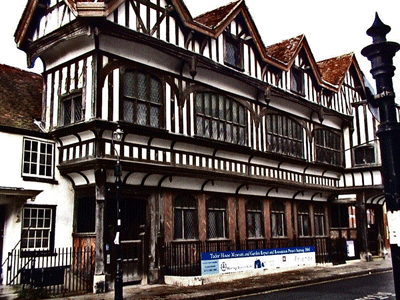
Southampton Tudor House
Period or historic houses will require specific skills from your Interior Designer; enlisting the help of a specialist will save you money, time and will assist you to scope out the work in details. Here are some important tips to consider before hiring a specialist.
Qualifications
The interior design of a period house or indeed a historical property is a complex one and involves both the knowledge and practice of the construction industry and the decorative arts. Historical properties particularly are complex projects where regulations are at the forefront of any decisions made on the re-design of the house.
Ask your Interior Designer what qualifications they hold. A degree-qualified Architectural Interior Designer will be versed in construction, project management, historical research, building regulations, period decorative effects and soft furnishings as well as restoration, preservation and renovation of architectural details.
In this country an Interior Designer does not need to be qualified to practice but it is important that you choose someone who has a long experience or is properly trained to handle this type of work and can demonstrate that they are the person for the job at hand.
Exquisite houses, the beauty of Nature, and how to get the most from your life, straight to your inbox.
Interviewing
Interviewing at least 2-3 designers is good practice and it is important to ensure the work that needs to be carried out has an affinity with the designer's modus operandi.
Ask them how they work and how they would approach the project. Ask to see a portfolio of work and also how they charge.
There are no standard fees in the industry but the fees will reflect the experience of the designer and the work they have already done as well as the amount of bespoke work the project entails, the location and the level of detail. Expect to pay additional out of pocket expenses such as travel time, printing, planning applications or statutory approvals.
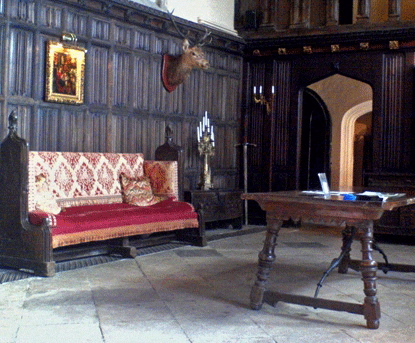
Athelhampton House The Great Hall
Project work for a listed building and conservation work will be higher due to the complexities of the field, regulations, research and unexpected discoveries such a project may throw up. Your Interior Designer should also have a solid address book of other professionals in the field that may need to be called upon for the project such as stone masons, historical paint specialists, heritage architects and other consultants.
Fees are either set out on an hourly basis, a lump sum or a percentage of the cost of the work. Ensure that once you have discussed what is required, the Interior Designer explains how they will quote you for the work you have envisaged.
It is also very important to ask if they have Public Indemnity and Public Liability - a serious professional would not practice without these. Ask to see copies of the documents and also their terms and conditions.
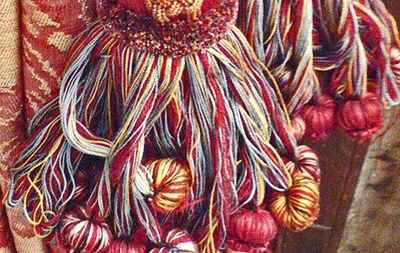
Historic passementerie tie-backs
The designer will help you formulate the brief and the interview process is a good time to discuss this. A brief is set out on the requirements you will have for your home - it is a good way to exchange ideas and ask lots of questions about what is possible and what is not. It is an important discussion to have with the Interior Designer as it will give you a good understanding of the process of an interior design project and the financial implications of the work as well as the time lines involved. The brief is the basis of the professional working relationship and agreement that will be put in place before any work starts.
It is very important that you feel comfortable and that you have an affinity with the designer, after all you will be spending a lot of time together and they need to understand what you are looking for and formulate this into a design that will enhance your home as well as your life. Project management
Construction knowledge is vital in appointing an Interior Designer that will be required to project manage the project. Their knowledge will ensure that they appoint builders and specialists that are experienced in this type of work and when certain problems arise they will be able to deal with these efficiently and with confidence. On larger or complex project, your Interior Designer will most likely be working with a conservation or restoration Architect and again their experience is vital here in ensuring that communication lines are open and flow freely as well as them understanding the Architects plans and specifications.
Planning and listed building consent are also important considerations and a seasoned designer will work in tandem with the architect or the local authorities or historical organisations to ensure that any changes made are in accordance with regulations and requirements.
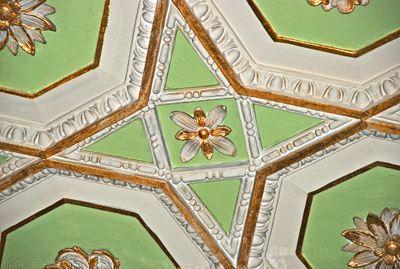
An ornamental gilt ceiling
A successful collaboration between you and the Interior Designer will ensure your wishes and requirements will be met and even exceeded. A period or historical house needs to be carefully handled to maximise the benefits of you and your family living there. A specialist Interior Designer will ensure that a sensitive and thoughtful re-design will enhance your home without forsaking historical and period features whilst at the same time fulfilling the needs of a modern 21st century family.
Francoise Murat & Associates is a Garden, Landscape and Architectural interior design practice. The practice runs a series of practical one day workshops and courses for Period Interior Design as well as Period Garden Design at their offices in Hampshire and London throughout the year.

This is an article from ProjectBook which provides a wide range of information for the conservation, restoration, care and repair of period and listed buildings. Francoise Murat & Associates is a member of the Heritage Register which contains over 500 vetted craftsmen, contractors and consultants from all over the UK. Updated daily with new content, the website features the heritage register, a products directory, informative articles, current news, events and more. For more information, visit www.projectbook.co.uk.
Country Life is unlike any other magazine: the only glossy weekly on the newsstand and the only magazine that has been guest-edited by His Majesty The King not once, but twice. It is a celebration of modern rural life and all its diverse joys and pleasures — that was first published in Queen Victoria's Diamond Jubilee year. Our eclectic mixture of witty and informative content — from the most up-to-date property news and commentary and a coveted glimpse inside some of the UK's best houses and gardens, to gardening, the arts and interior design, written by experts in their field — still cannot be found in print or online, anywhere else.
-
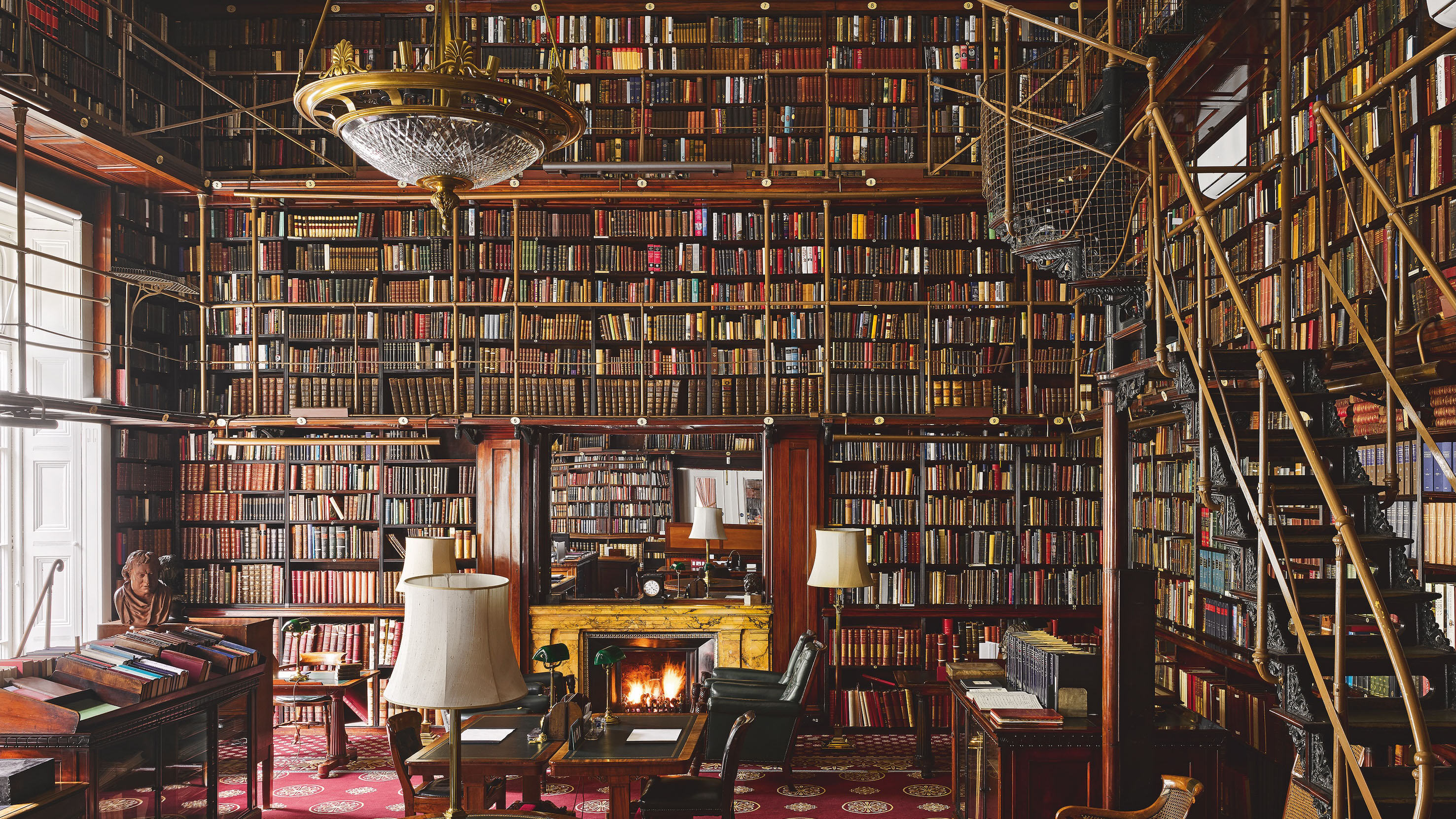 Eight of the UK's most impressive private libraries, as seen in the pages of Country Life
Eight of the UK's most impressive private libraries, as seen in the pages of Country LifeEvery Monday, Melanie Bryan, delves into the hidden depths of Country Life's extraordinary archive to bring you a long-forgotten story, photograph or advert.
By Melanie Bryan Published
-
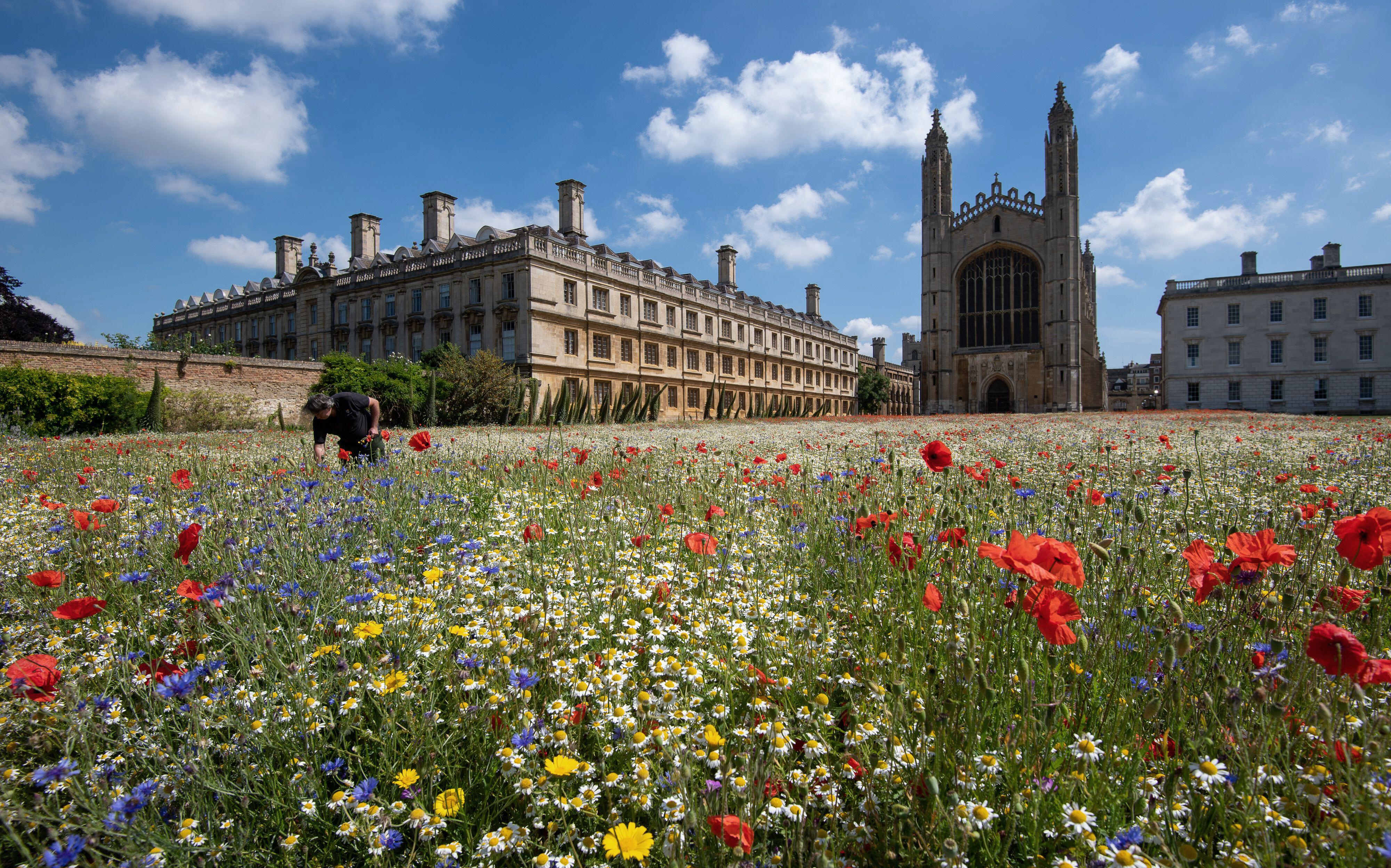 What everyone's talking about this week: It's time to follow in the footsteps of King’s College, Cambridge, and kiss the lawnmower goodbye
What everyone's talking about this week: It's time to follow in the footsteps of King’s College, Cambridge, and kiss the lawnmower goodbyeWeek in, week out, Will Hosie rounds up the hottest topics on everyone's lips, in London and beyond.
By Will Hosie Published
-
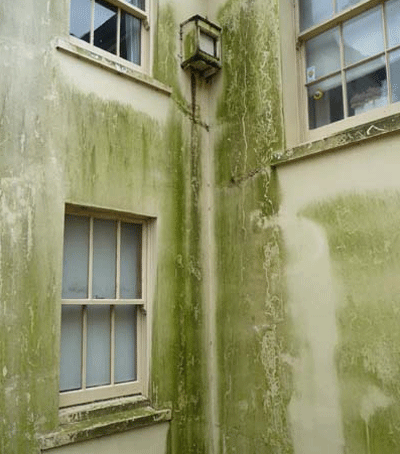 How to prepare your house for winter
How to prepare your house for winterAs winter approaches, experts advise that preventative measures are crucial for our houses to weather hard winters
By Country Life Published
-
 Ten house tips for the winter
Ten house tips for the winterNow is the time to put your house in ship-shape for the winter months ahead. Chartered surveyor Tom Grillo shares his ten top tips
By Country Life Published
-
Maintenance tips for Victorian houses
There are a number of aspects to look out for when viewing or indeed owning a Victorian house
By Country Life Published
-
 Best cooking pans
Best cooking pansMrs Danvers suggests the best makes of pots and cooking pans to hunt down when shopping for a special friend's wedding present
By Country Life Published
-
How to save old floorboards
Lots of care and elbow grease can help old floorboards gleam again
By Country Life Published
-
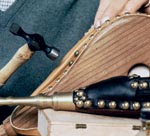 Buying bellows
Buying bellowsMrs Danvers recommends where to find a new or antique pair of bellows
By Country Life Published
-
 Removing chocolate stains
Removing chocolate stainsMrs Danvers tackles readers' household queries: this week's are chocolate stains on a linen suit and screen doors
By Country Life Published
-
 Tips on hosting parties
Tips on hosting partiesMrs Danvers comes to the rescue of two readers who have parties looming and need advice on arranging transport and hiring cutlery
By Country Life Published

